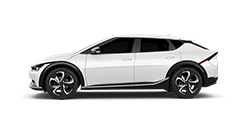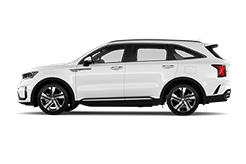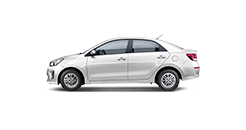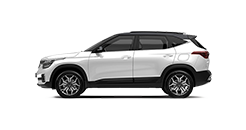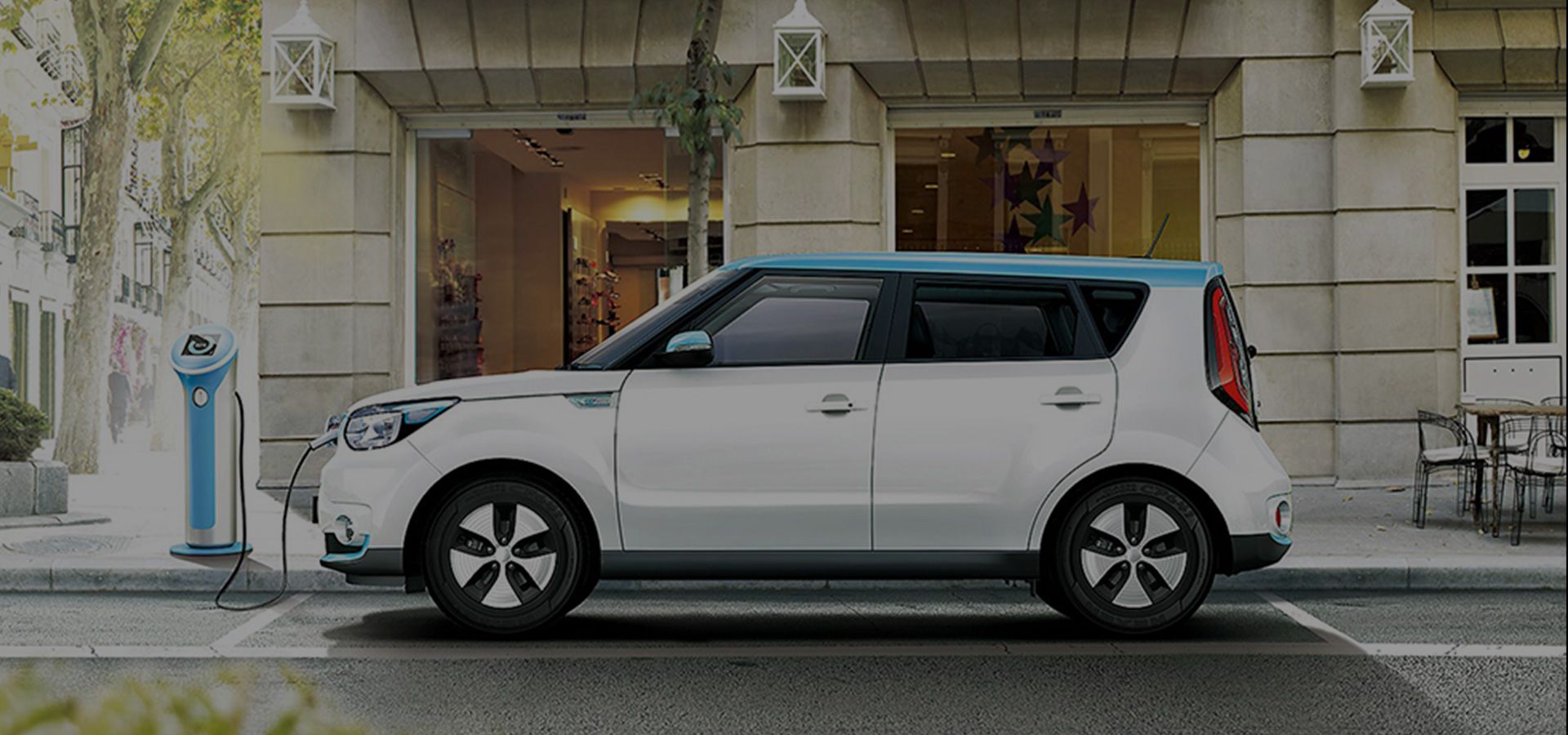Eco-friendly vehicles (or green cars) will play a pivotal role in future mobility, and the shift from petroleum to electricity powered vehicles has already become the norm. In fact, the green car market is doubling in size each year, while the overall automobile market is only growing at a mere two percent annually. At the same time, environmental stewardship is taking center stage across the board, and Kia already has achieved its goal of ranking in second place (based on combined market share with Hyundai Motor Company) in the global green car market in 2017 three years ahead the scheduled goal of 2020.
Coupled with "Dynamics" (Kia's brand equity), "Eco", signifying "Ecology" & "Economy", makes up the term "ECO dynamics" ("Automobile of Sustainable Mobility"), which symbolizes the Company's commitment to making sizeable contribution to the mankind and global environment.


In 2018, the company’s goal is to remain steady in second place, while it has set a new target of expanding its green car line up to a total of 16 models five HEVs, five PHEVs, five EVs and one FCEV by 2025. To start, the company is preparing an EV version of the Niro, for which HEV and PHEV variants were introduced in 2016 and 2017, respectively. As you can see, the auto industry is moving forward at full speed and green cars represent the future of mobility.
